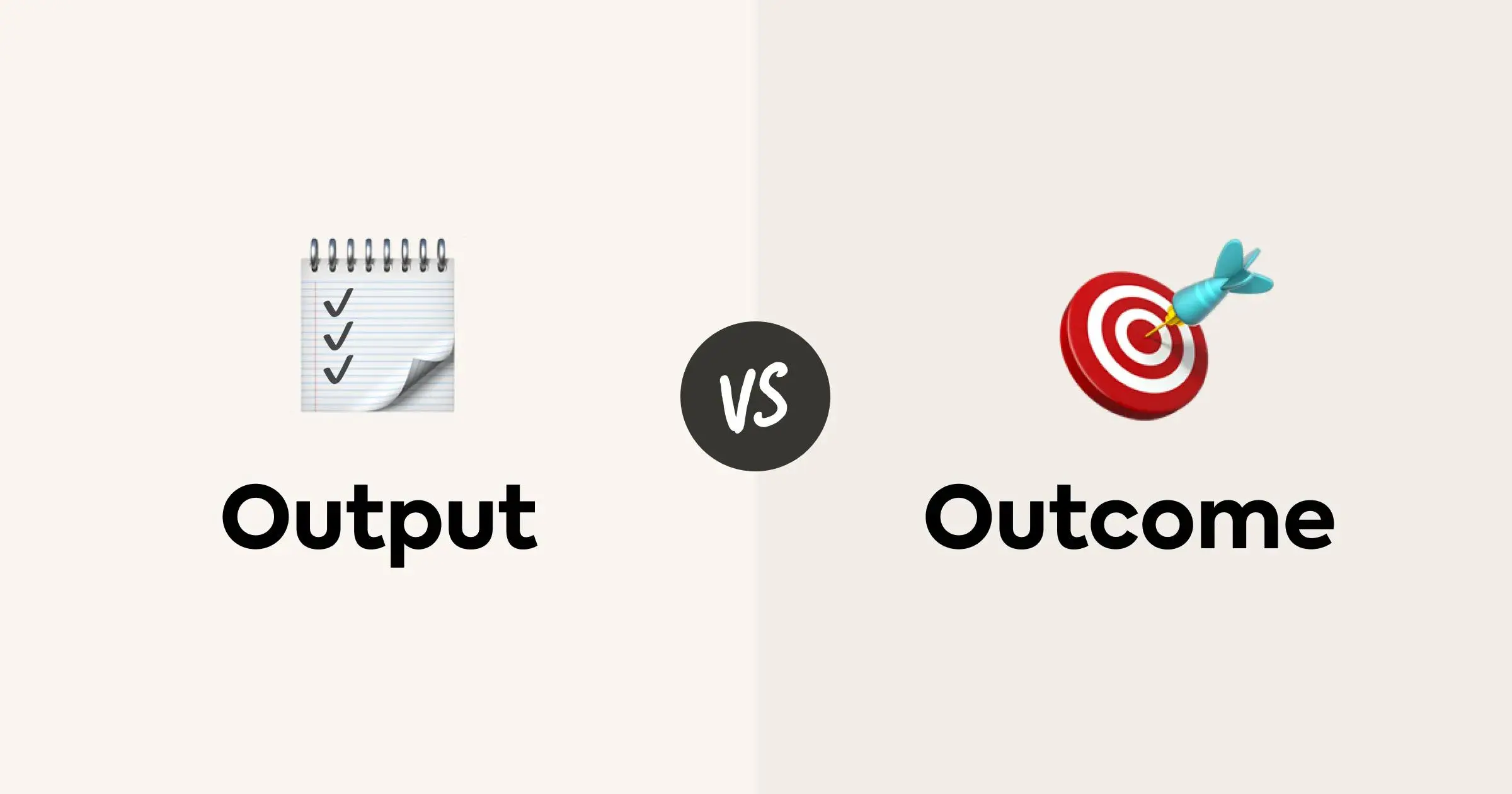Walk into most factories in the 1980s and you’d find the same setup: workers clocking in, supervisors pacing the floor, rules and hierarchies thick enough to smother initiative. Now imagine a brass foundry in northern France that decided to do the opposite. No time clocks. No rigid supervisors. Teams running themselves.
That factory was FAVI, and the results weren’t just good — they were extraordinary. Productivity soared, customers like Volkswagen and Audi became lifelong partners, and employee turnover dropped to near zero. By placing trust at the centre of its operations, FAVI achieved what most companies still chase today: high performance built on human engagement.
So here’s the uncomfortable question: if a brass factory could figure this out in the 1980s, why are so many modern workplaces still run on mistrust?
The Default Setting: Control
For all the rhetoric about “empowerment,” most organisations still rely on a model designed for compliance, not creativity. Time-tracking software replaces the factory clock. Performance management systems reduce people to boxes and ratings. Even when we talk about hybrid work, the conversation too often slides back to surveillance: “How do we know they’re working?”
This isn’t management. It’s mistrust codified. And it creates the very disengagement leaders complain about: employees who do the minimum, managers drowning in oversight, and companies wondering why innovation feels out of reach.
FAVI’s Radical Shift
FAVI’s CEO, Jean-François Zobrist, looked at the same problems but made a different bet. Instead of assuming people needed to be controlled, he assumed they could be trusted. The factory scrapped time clocks. Supervisors became “coaches” or disappeared entirely. Mini-factories of 20–30 people were given full autonomy over quality, schedules, and even customer relationships.
This wasn’t chaos. It was design. By pushing responsibility to the edge, where the work was actually done, FAVI unlocked faster decisions, higher accountability, and a culture where people cared about the results — because they owned them.
The impact was measurable:
- Quality: defect rates fell dramatically as teams felt responsible for customer satisfaction.
- Productivity: output per person grew, not by forcing harder work, but by unleashing pride and initiative.
- Retention: people stayed. In an industry notorious for turnover, FAVI became a place where families wanted their children to work.
The Risk of Not Trusting
Critics might argue FAVI was an outlier, or that it only worked in a small French town. But the bigger risk is clinging to control in a world where talent has options. When employees can see — and feel — that they’re not trusted, they leave. And the cost of disengagement is staggering: Gallup estimates it drains nearly 9% of global GDP.
Leaders often think trust is risky. What if people take advantage? What if autonomy leads to inconsistency? But the greater risk lies in not trusting at all. Mistrust is expensive. It requires layers of management, bureaucracy, software, and “oversight” that add cost while draining energy.
Lessons for Today’s Leaders
The lesson from FAVI isn’t to copy every move. It’s to reframe the assumption. Instead of asking “How do we control people?” ask “How do we design for trust?”
That starts with three choices any organisation can make:
- Clarity before control — Make sure people understand the mission, the customer, and the outcomes that matter. Clear expectations reduce the need for micromanagement.
- Autonomy in practice — Push decisions to the front line where knowledge lives. Trust grows when people are treated as capable.
- Accountability through community — At FAVI, teams didn’t hide behind managers. They faced each other and their customers directly. Accountability was peer-driven, not imposed.
The Future Is Waiting
It’s easy to dismiss FAVI as a quirky French experiment. But here’s the truth: many modern workplaces haven’t yet caught up to what that brass factory achieved four decades ago.
We live in a world of complex problems, creative industries, and rising employee expectations. Control won’t solve those. Trust will.
The better question isn’t whether you can afford to trust your people. It’s whether you can afford not to.




